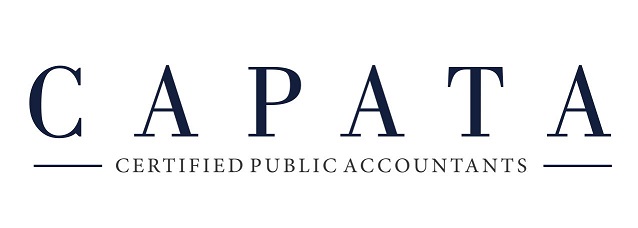The Section 199 deduction is intended to encourage domestic
manufacturing. In fact, it’s often referred to as the “manufacturers’
deduction.” But this potentially valuable tax break can be used by many other
types of businesses besides manufacturing companies.
Sec. 199 deduction 101
The Sec. 199 deduction, also called the “domestic production
activities deduction,” is 9% of the lesser of qualified production activities
income or taxable income. The deduction is also limited to 50% of W-2 wages
paid by the taxpayer that are allocable to domestic production gross receipts.
Yes, the deduction is available to traditional manufacturers.
But businesses engaged in activities such as construction, engineering,
architecture, computer software production and agricultural processing also may
be eligible.
The deduction isn’t allowed in determining net self-employment
earnings and generally can’t reduce net income below zero. But it can be used
against the alternative minimum tax.
How income is calculated
To determine a company’s Sec. 199 deduction, its qualified
production activities income must be calculated. This is the amount of domestic
production gross receipts (DPGR) exceeding the cost of goods sold and other
expenses allocable to that DPGR. Most companies will need to allocate receipts
between those that qualify as DPGR and those that don’t — unless less than 5%
of receipts aren’t attributable to DPGR.
DPGR can come from a number of activities, including the
construction of real property in the United States, as well as engineering or
architectural services performed stateside to construct real property. It also
can result from the lease, rental, licensing or sale of qualifying production
property, such as:
- Tangible personal property (for example, machinery and
office equipment),
- Computer software, and
- Master copies of sound recordings.
The property must have been manufactured, produced, grown or
extracted in whole or “significantly” within the United States. While each
situation is assessed on its merits, the IRS has said that, if the labor and
overhead incurred in the United States accounted for at least 20% of the total
cost of goods sold, the activity typically qualifies.
Contact us to learn whether this potentially powerful deduction
could reduce your business’s tax liability when you file your 2016 return.




